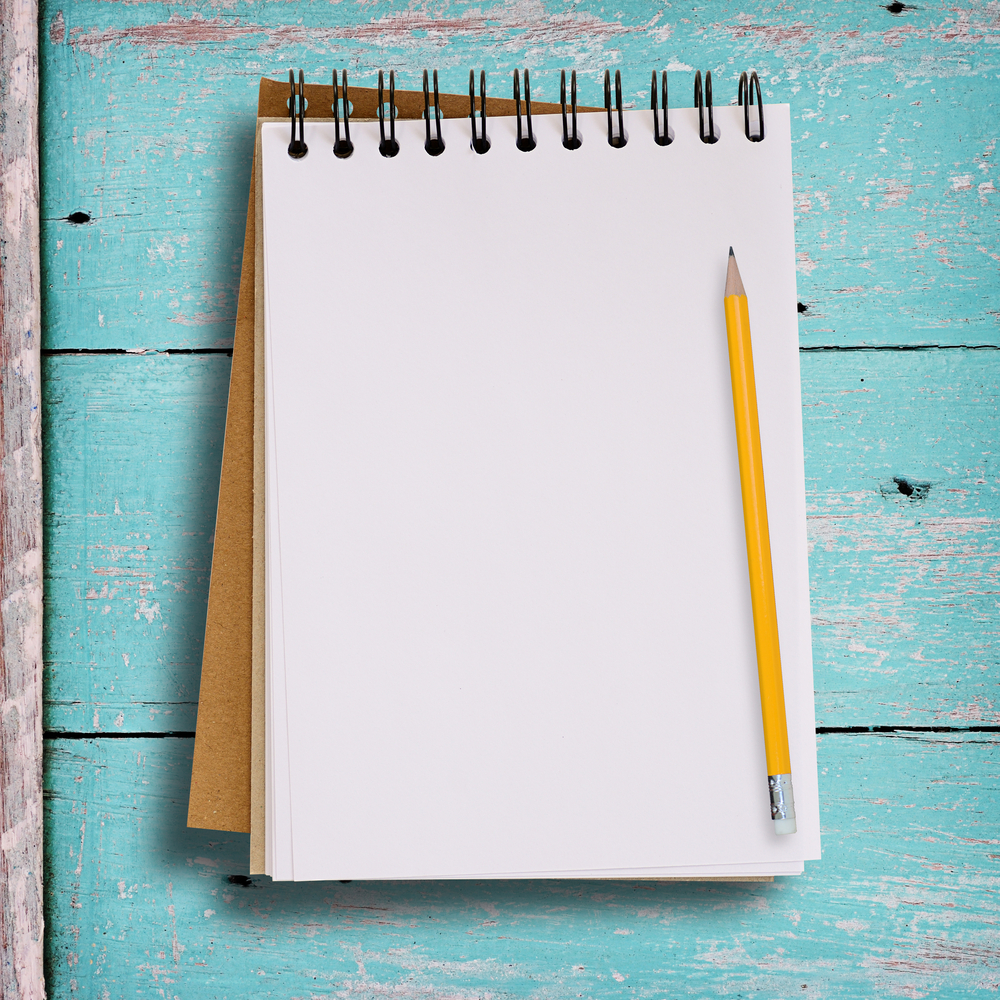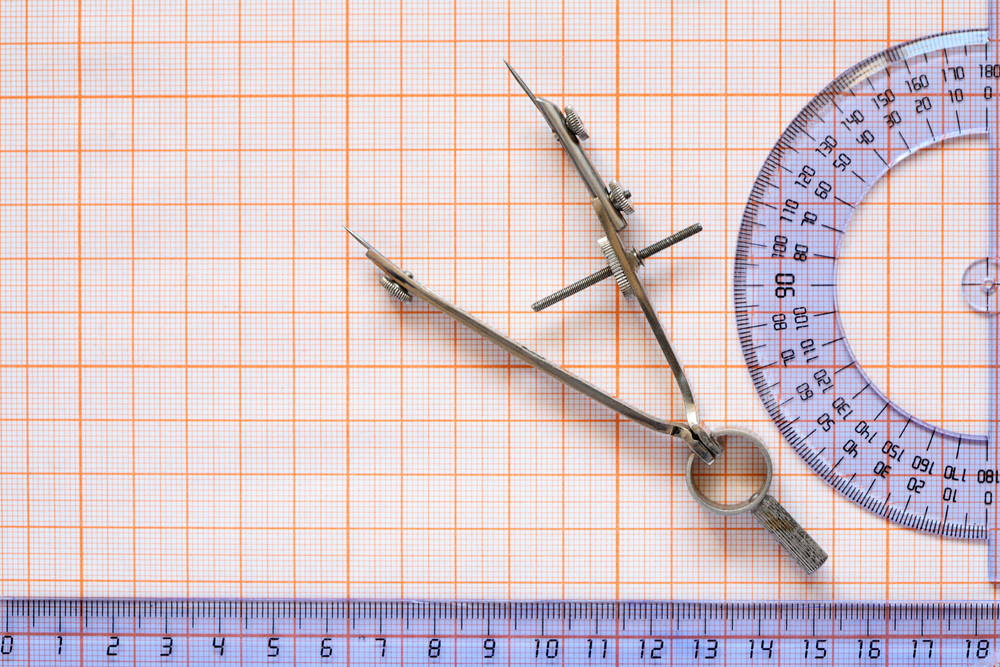So you’ve decided it’s time to start working on your invention. Maybe you have an idea already in mind, maybe you’re hoping inspiration will strike while you’re working. Either way, before you can build a working model, you need to start with the fundamentals. Here are the building blocks to any great invention. (These are also good things to have on hand when approaching investors!)

PENCIL AND PAPER
Sketching, detailing, or just taking notes…nothing beats a pencil and paper when you’re first starting out. Any kind of creator, not just inventors, can testify to the usefulness of a blank notebook. Some may even argue that it’s one of the fundamentals of creativity. We do recommend using a pencil rather than a pen, as the eraser allows one to change or remove elements on the fly. However, if you prefer using a pen, do so! Just make sure the paper is thick enough so the ink won’t bleed to the other side, especially if you’re using both front and back.
US PATENT OFFICE WEBSITE
Sometimes you think you have a winning idea only to find out somebody else has come up with it. Thankfully, the US Patent & Trademark Office documents on its website all inventions. When in doubt, you can search to see if your invention idea has already been the subject of a patent registered. Alternatively, you could use it as a cross-reference for your own creation to see what features or elements may benefit it and help it stand out from competitors. Visiting the office works just as well if you have the opportunity and time to do so.

BACKGROUND ON THE IDEA
What inspired you to make this invention? What purpose does it serve? How will it make life easier? These questions and more will be asked by investors. What many do not realize is that having a stellar invention is only half the battle. Being passionate and willing to work on improving and perfecting it can make the difference for potential investors. Enthusiasm is contagious and has a solid background for your device helps build said enthusiasm. In times of discouragement, it will also serve as a good reminder of why you started the project in the first place. As the only non-tangible fundamental on this list, you might want to consider writing down the background information to have on hand, just in case.
PROTOTYPES (BOTH HANDMADE AND PRODUCED)
Whether you made your prototype yourself or had help from another source, bringing it along will give investors a better idea of what your invention is capable of. If you’re still brainstorming, it might be worth making a very simplistic prototype or model just to have another perspective. Seeing it in person is a far cry from seeing it on a piece of paper, after all. Don’t be ashamed if you’re prototype isn’t perfect, either. After all, it’s only a first draft. Nobody expects perfection on the first try! (For more information on this fundamental, please see our other articles about prototyping.)

GRAPH PAPER
This is probably the most forgotten element of a successful brainstorming session. While blank printer paper or lined notebook paper works well, the clear-cut lines of graph paper have their own advantages. The grid layout makes it ideal for working on an almost pixel-by-pixel basis and allow for pinpoint precision. It also helps with estimating dimensions of a finished product. While this fundamental is left out, it is for a good reason: this is easily the most subjective material on this list. Rounder objects and digital inventions are less likely to benefit from graph paper.
Now that you have a clear understanding of the tools you will need in order to move forward with a product idea, let’s get to work! Your first assignment is completing our inventor quiz! Get to know who you are as an inventor, as well as, what will keep you motivated during the product development phase.
By the way, stay tuned for Part Two of Fundamentals: Prototyping!